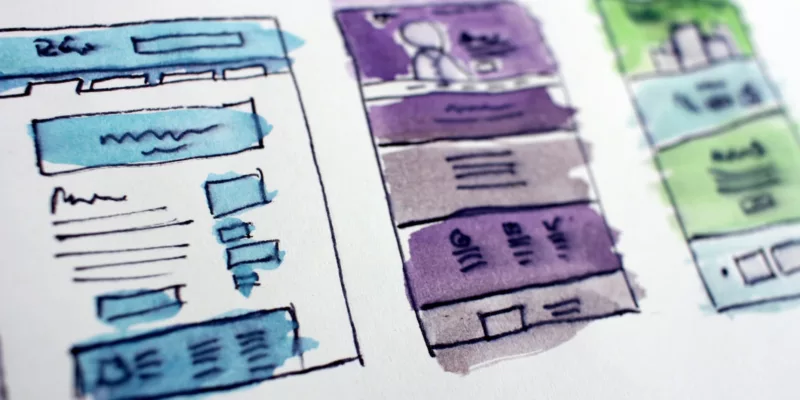In today’s digital age, a compelling online presence is crucial for any business or individual seeking success. At the heart of this digital realm lies website design, a critical element that can make or break your online endeavors. In this blog, we will delve into the reasons why website design is of utmost importance and how it can significantly impact your brand, user engagement, and overall success in the digital landscape.
1. First Impressions Last
Just like meeting someone for the first time, your website is the initial encounter users have with your brand. The design of your website plays a pivotal role in shaping their perception. A visually appealing, modern, and user-friendly design creates a positive first impression, establishing credibility and trust. On the other hand, a poorly designed website may deter users, leading to missed opportunities for engagement and conversion.
2. User Experience is the Key
User experience (UX) is at the core of successful websites. A well-designed website prioritizes the needs of its visitors, ensuring easy navigation, quick loading times, and intuitive interfaces. A positive user experience enhances satisfaction, encourages repeat visits, and promotes word-of-mouth referrals, all contributing to long-term success.
3. Brand Identity and Recognition
Your website is an extension of your brand. The design should reflect your brand identity, using consistent colors, fonts, and visuals. A cohesive design creates a memorable and recognizable experience, reinforcing your brand in the minds of visitors. Strong brand recognition fosters customer loyalty and sets you apart from competitors.
4. Search Engine Optimization (SEO) Friendliness
Search engines favor websites with user-friendly designs. A well-structured and organized website, coupled with responsive design for various devices, earns better rankings on search engine results pages. Higher visibility on search engines increases organic traffic, expanding your reach and potential customer base.
5. Conversion Rates and Business Goals
The ultimate goal of any website is to convert visitors into customers or subscribers. A strategically designed website emphasizes important elements, such as clear call-to-action buttons, intuitive checkout processes, and persuasive content, all geared towards driving conversions and achieving business objectives.
6. Adaptability and Scalability
In a rapidly evolving digital landscape, website design must be adaptable and scalable. A flexible design allows for seamless updates, expansion, and integration of new features or technologies, ensuring your website remains current and competitive.
7. Credibility and Trustworthiness
A well-designed website exudes professionalism and reliability. Users are more likely to trust a website that looks credible, secure, and up-to-date. Building trust through design instills confidence in users, leading to increased engagement and a higher likelihood of them making informed decisions on your site.
8. Engaging Content Presentation
Quality content is essential, but its effectiveness can be enhanced through thoughtful design. Proper use of typography, multimedia elements, and visual storytelling can significantly improve content engagement and retention.
Website design is far more than just aesthetics; it is the cornerstone of your online success. A well-designed website leaves a lasting impression, delivers an exceptional user experience, reinforces your brand identity, and drives conversions. By prioritizing website design and continually refining it to meet user needs, you create a strong foundation for building a thriving online presence and staying ahead in the dynamic digital landscape. Remember, investing in your website’s design is investing in the growth and prosperity of your brand in the vast world of the internet.









